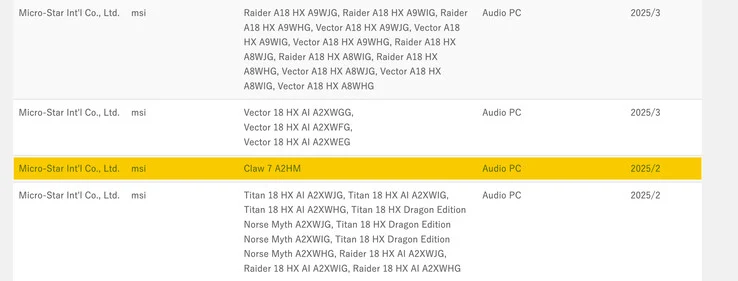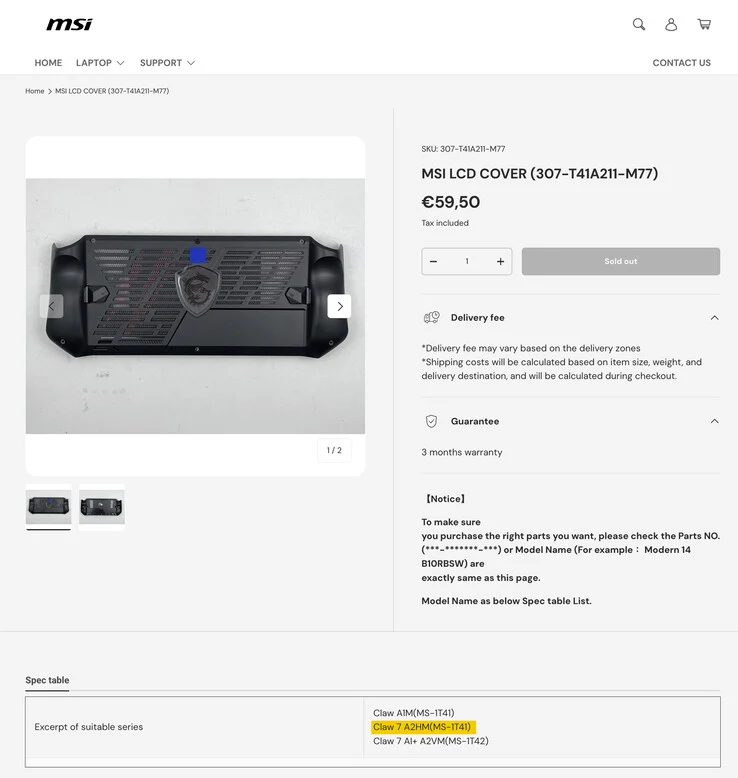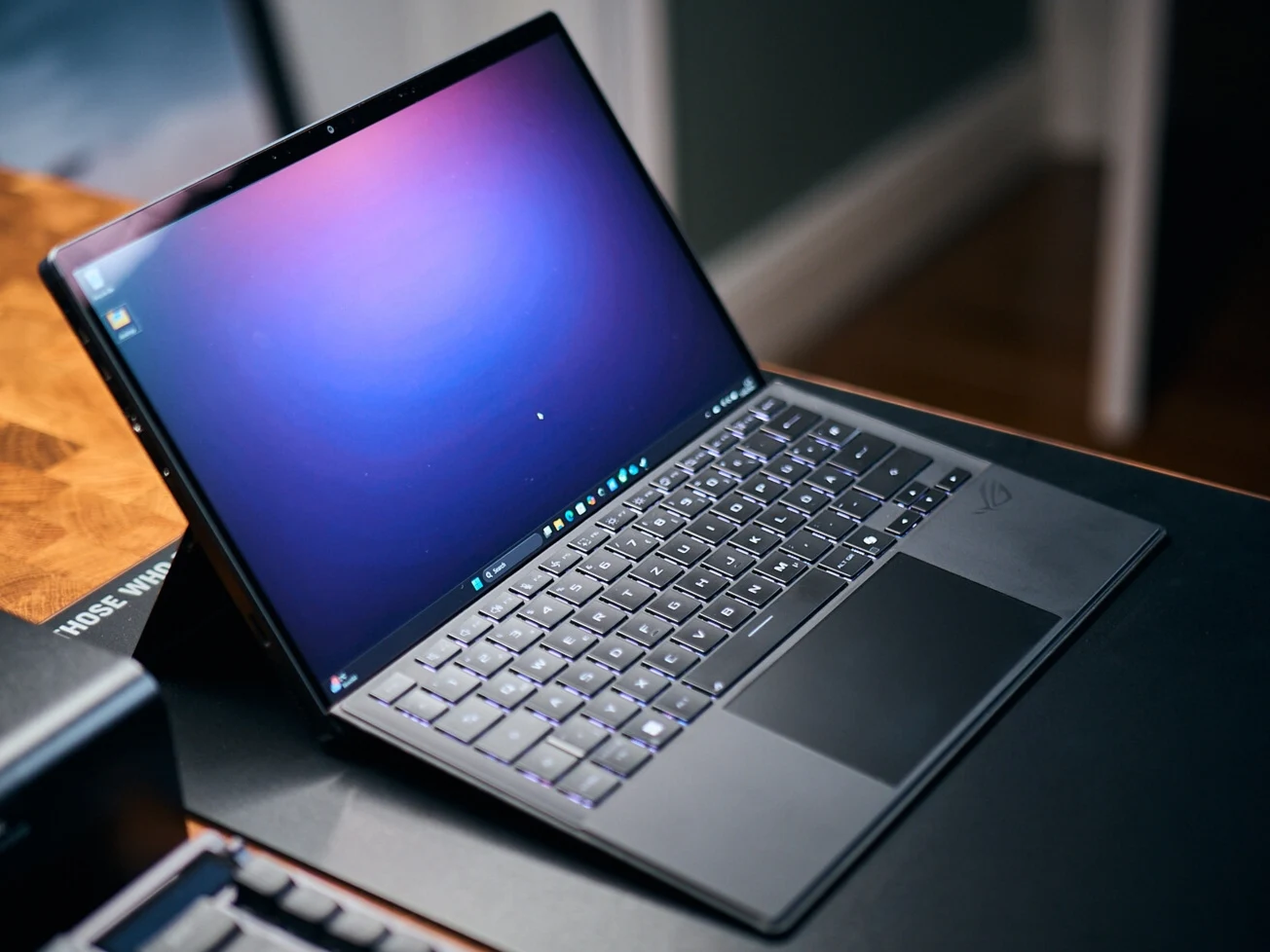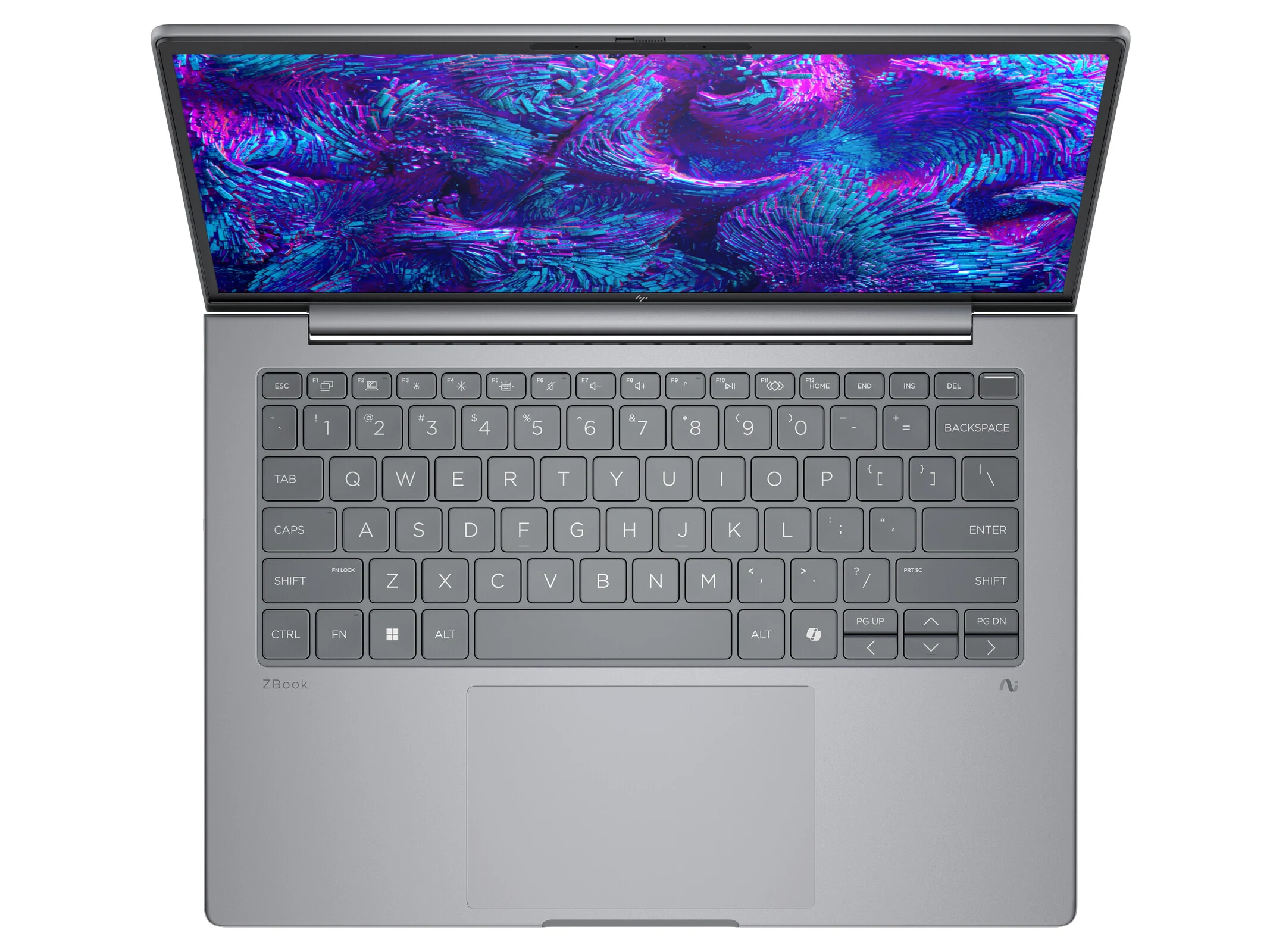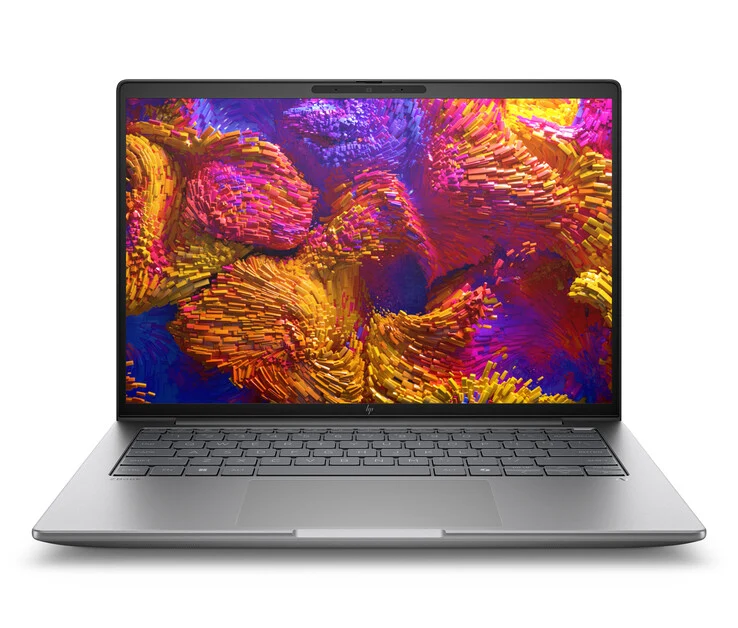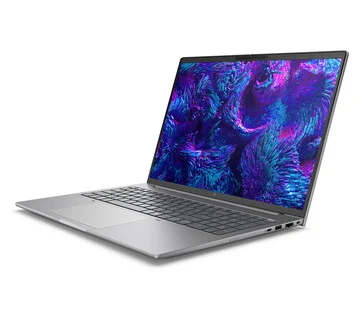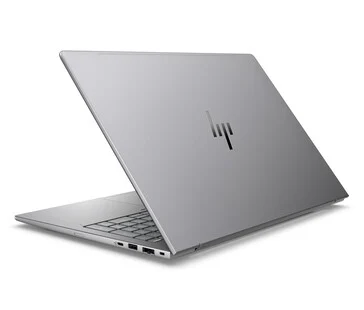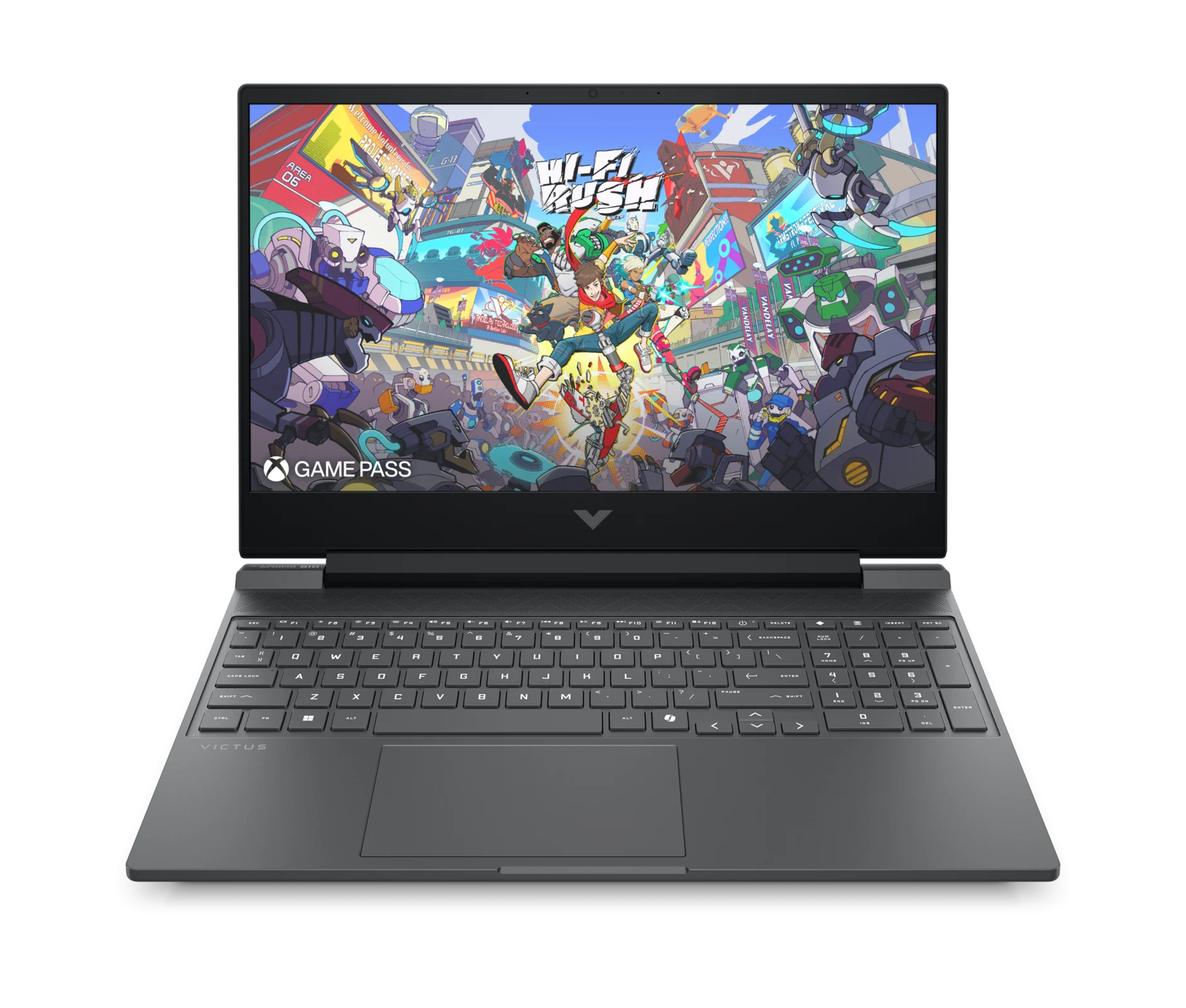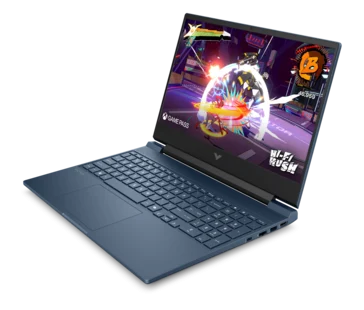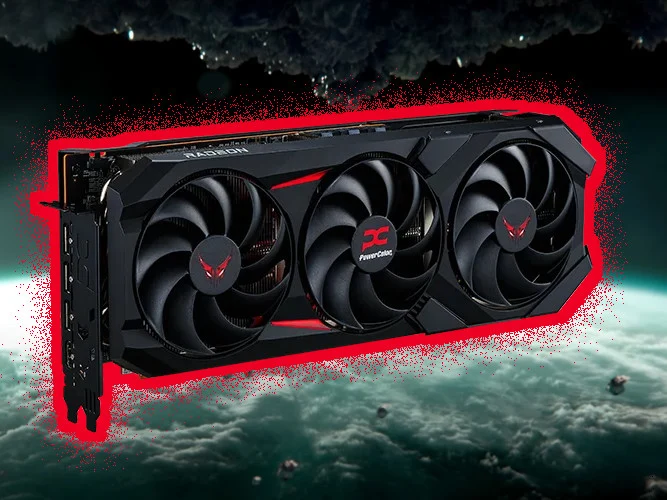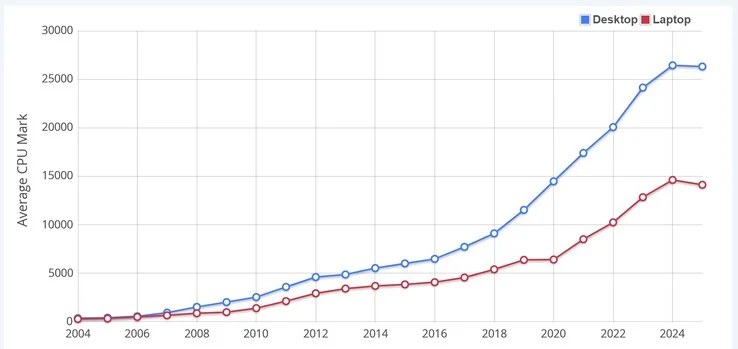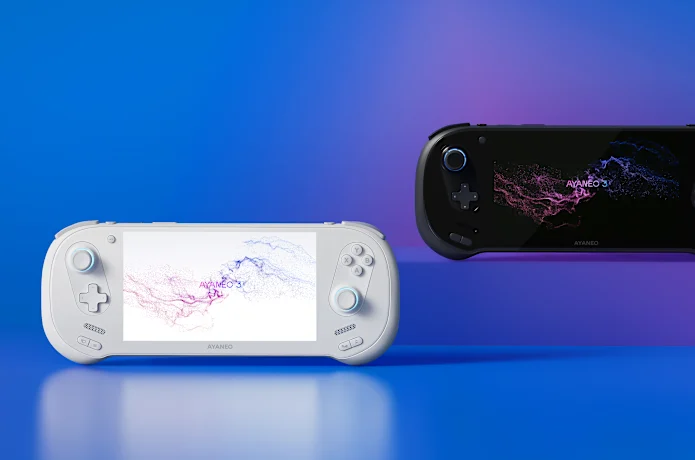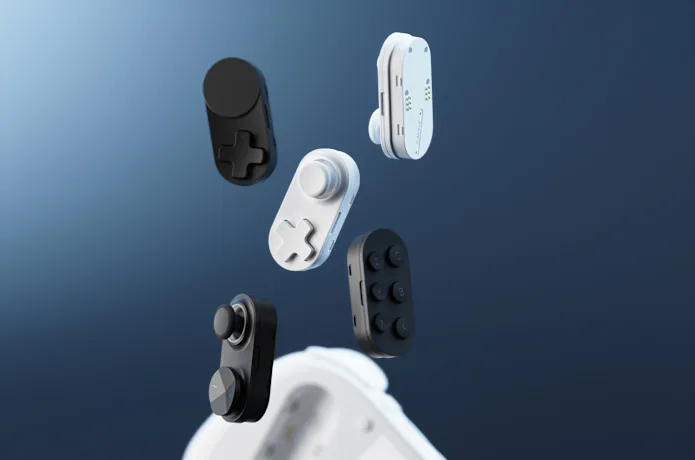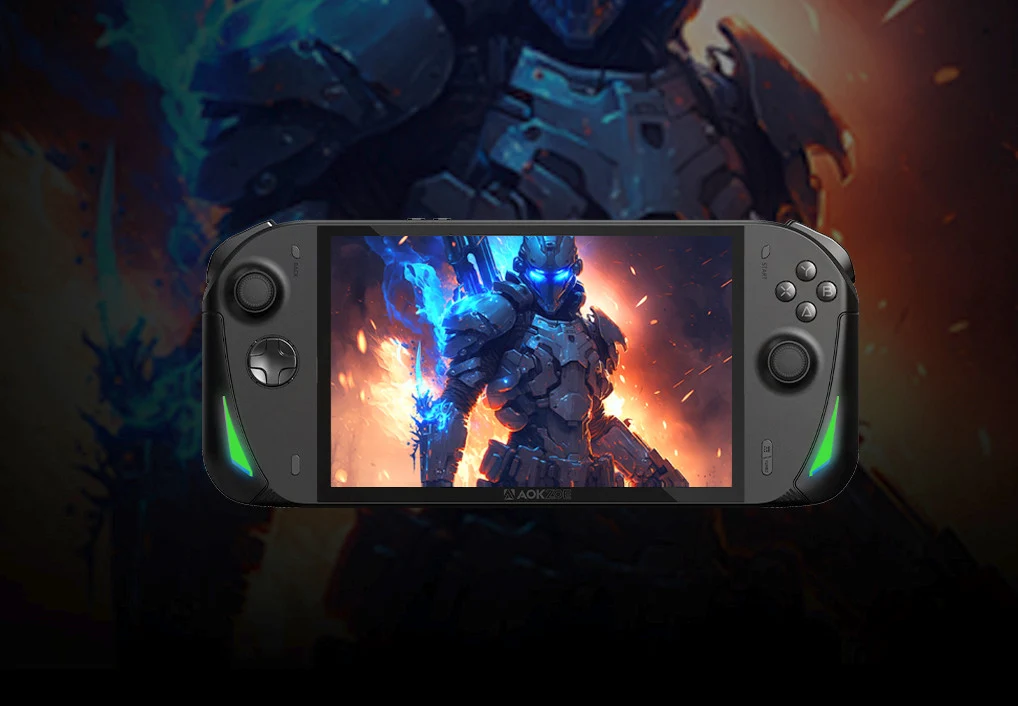Key Takeaways
1. MSI is rumored to be developing a gaming handheld with AMD Ryzen, despite previously favoring Intel chips.
2. The unnamed Claw variant might be equipped with a Ryzen AI Z2 Extreme based on recent hints.
3. MSI has not confirmed the switch to AMD APUs and is currently refreshing the existing Claw 8 AI+ model.
4. The new Claw A2HM variant appears to be an update of the Claw 7, featuring a 7-inch display, but processor details remain unclear.
5. MSI’s naming system is confusing, as the A2HM model number corresponds to both AMD and Intel processors used in different devices.
Rumors have been floating around for quite some time about MSI potentially releasing a gaming handheld powered by AMD Ryzen, even though the company seems to prefer Intel chips. To summarize, an X account known for sharing info about AMD and MSI tweeted back in January that MSI was working on a Ryzen Z2 option. Recently, there have been hints that this unnamed Claw variant might actually come equipped with a Ryzen AI Z2 Extreme.
MSI’s Current Focus
MSI has yet to officially comment on the possibility of switching to AMD APUs for its gaming handhelds. Instead, the company is refreshing the existing Claw 8 AI+ with a new Polar Tempest Edition. A leaker known as @94G8LA has now found mentions of an unreleased Claw ‘A2HM’ variant on MSI’s spare parts websites.
Details about A2HM
Interestingly, the A2HM appears to be yet another update of the Claw 7 (currently priced at $519 on Amazon), instead of the more sought-after Claw 8. While it is clear that the A2HM features a 7-inch display, it’s still unclear which processor MSI has selected. According to VideoCardz, the absence of any AI+ branding implies that this processor might have a low-powered NPU or possibly none at all.
Naming Confusion
MSI’s naming system adds to the confusion. For example, the ‘A2HM’ model number is used to represent AMD Ryzen 200 and Intel Arrow Lake-H processors found in the Venture A17 and Summit 16, respectively. Interestingly, MSI submitted the Claw A2HM to the Japan Audio Society a couple of months ago to get Hi-Res Audio certification. Hence, it seems unlikely that the A2HM has been mistakenly added to MSI’s spare parts catalog. Sadly, there is still no information on when MSI will launch another Claw gaming handheld, nor if it will be available globally.
Source:
Link
